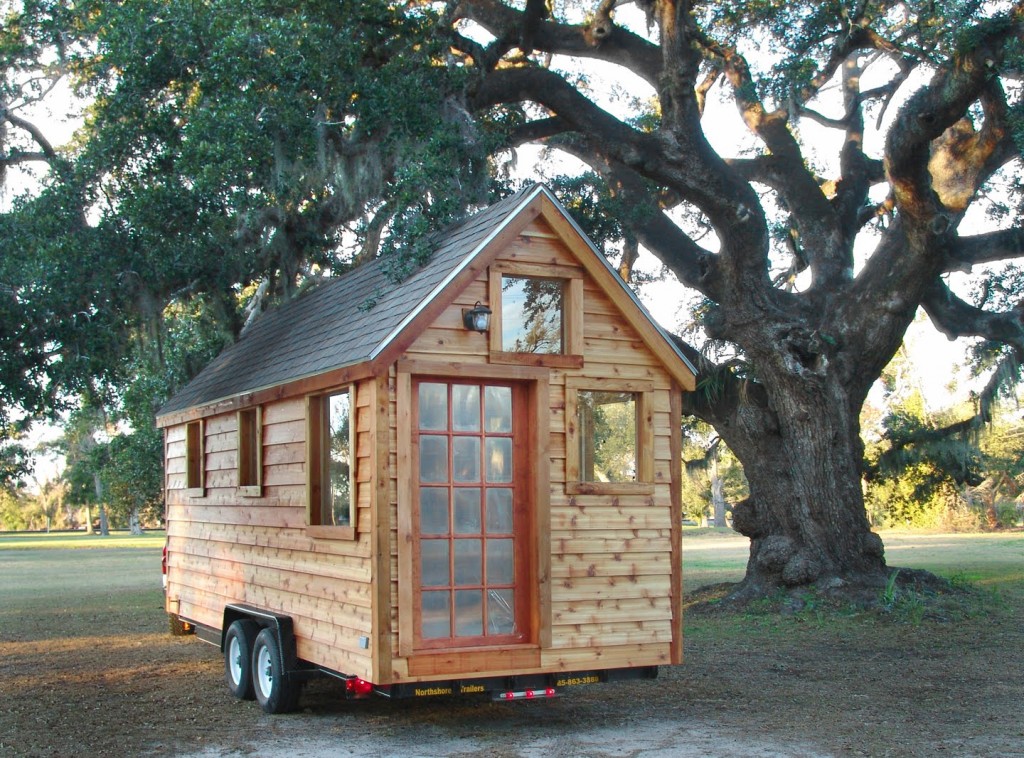WERE YOU that kid who listened to the nursery rhyme about the old woman who lived in a shoe and thought: “Damn, I wish I could live in an insanely tiny space that smells like feet someday!”
Probably not. No one wants to live like they’re a sardine if they can avoid it. But most of us have had to, at some point or another, simply because there were no alternatives or space: either sign the lease on that cute-but-puny studio on the edge of town, or move back to your mamma’s house. Vacancy rates in highly sought-after cities experiencing population growth – San Francisco, Portland, I’m looking at you – are extremely low. And all that increased demand for a relatively fixed supply of housing has caused rent prices to explode to staggering levels. Count yourself fortunate if you were able to snag anything with more than 500 square feet and a bathroom in general walking distance.
It comes as a surprise (but not really), then, that a growing number of people are bunking up in teensy-weensy mobile homes: done-up portable carriages that can be easily transported to a driveway, a backyard, or the wide-open spaces of the wilds. Some of the homes have a foundation, but most appear to be untethered to any sort of ground. Still, others are taking the concept to another practical level, designing tiny homes that serve as weatherproof capsules for the chronically homeless. Tiny homes not only challenge our way of thinking about architecture and design in small living spaces, they could offer part of the solution, or at least a temporary one, to people without a home at all.
There are quantifiable reasons that explain why tiny homes are the new roosts that have all the birds flocking. A tight supply of single-family homes has made it more difficult to buy an affordable house. Soaring home prices, jumping as high as 20 percent over the last year, have locked more cash-strapped, debt-laden buyers out of the market. It’s even tougher on the wallets of renters. In 2013, rent prices climbed an average of 3 percent across the country, according to a Harvard report on the national state of housing. The rent hike was sharper in the hottest markets, rising an average 6 percent in northern California, Denver and Fort Myers — the newest cities experiencing massive population booms.
While it’s not clear if tiny homes came solely out of the need for housing, the trend has certainly gained strength. Search the documentary “Tiny, Living Small” on Netflix, about one man’s journey in his tiny home. Tour a tiny house on Portland’s modern home tours. Check out a micro-apartment no more than 200-300 square feet. Don’t want to bother with skirting building codes and permits to make your own tiny home? Have one made from reclaimed materials delivered to you. And not everyone’s praising the trend of modest-mouse-sized dwellings, mind you. A backlash of sentiment against tiny homes has raised issue with their safety, the way they look, and their compliance with local laws. Which aren’t completely unfounded.
But there’s no question about their affordability: They can range from $100, if you know where to find salvaged materials, to $5,000 or more if you’re looking for a newer house. And because tiny homes can be easily moved, they can easily circumvent police looking to boot the homeless or other undesirables from loitering under doorways and side streets. Advocates say criminalizing this kind of behavior, which puts more homeless people in jail or prison as a temporary sort of shelter, only continues the cycle of chronic homelessness. Tiny homes, coupled with continued access to social services, give people a warm, safe place to stay. And it gives them a chance to call something their own.
A slew of designers have dreamed up tiny homes that could be adapted as shelters for the homeless and for emergency shelters. Some of them look like giant honeycombed buttons you can sleep under, others like chic white boxes that Apple might design if it ever forayed into the architecture business. Some can be folded up like a piece of origami. Another doubles as both a functional cart to hold belongings or act as a shelter. And one designer, understanding the need for health services, created a mobile health clinic made from shipping containers.
Tiny homes and micro-apartments may not seem unusual to other countries, where dense metro areas with expensive real estate — such as Hong Kong — have long forced people to rethink the size of their homes. But here in America, where big cars and big homes are the norm and a great desire of many, it may be time to start considering, not if we should downsize, but how.

















